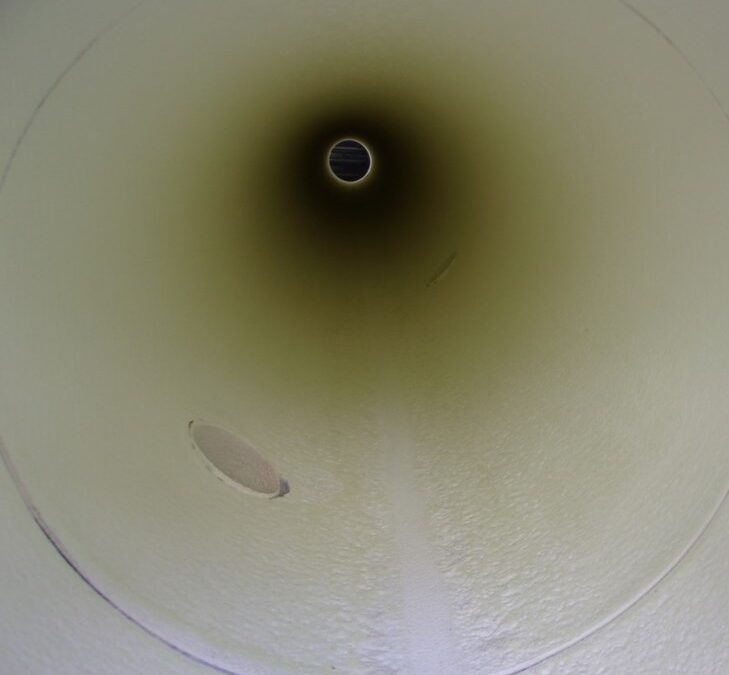FRP is an excellent material of construction for handling a variety of corrosive fluids in chemical processing, although even FRP has its limitations. At elevated temperatures FRP can be challenged in some of the most severe chemical services, some as in chlor-alkali processing. In this case, dual laminates become a viable option. Simply, a dual laminate is a unique composite construction having a thermoplastics lining, which could be such materials as polypropylene (PP), CPVC, PVDF and FEP to name a few, with an FRP structure for strength and secondary corrosion resistance. For dual laminates, the thermoplastic lining offers a corrosion barrier which can be tailored, depending on the material, for optimal resistance for the defined process fluid and conditions.
Generally speaking, cost and corrosion resistance are paired when it comes to thermoplastic linings. PVC, CPVC and PP are at the low end of the scales and the fluoropolymers, like PVDF, ETFE and FEP are at the upper end for cost as well as corrosion resistance. That’s not to say that the fluoropolymers are always the best. As with most materials, there needs to be a balance between performance and cost. For the full picture, cost over the service life needs to be examined to see the full picture for cost of the system.
When we select materials of construction for FRP or dual laminates, Materials and Design Engineers should be looking for the 20+ year service life for reliable performance of the process piping or equipment. Obviously, budget always plays into the equation. The less expensive choice can be the easy decision in the short term, but you could be double or more in the long term, if the vessel or piping system needs to be replaced in 7 or 8 years. Ripout and new installation is typically nearly 50% of the total project expense.
Select the best material to provide substantial service life with a reasonable life cycle budget can be challenging. With the variety of materials and not one comprehensive source for materials and service information on dual laminates and thermoplastics, selecting the right thermoplastic lining is not a simple choice. Within individual thermoplastics, properties and performance can vary based on the specific blended chemical composition by supplier or processor, the processor being the company producing the sheets or tubing for the linings from the bulk thermoplastic.
To make the best thermoplastic lining choices it is helpful to collect technical information from a number of sources on the thermoplastic materials, asking detailed questions of the materials suppliers, so you can determine a sound material selection based on your priorities. There can be a broad range of recommendations, opinions and technical data. When asking questions it is imperative to ask for comparable case histories, having similar design conditions and chemical composition. It is key to understand the chemical composition, including any trace elements or chemistry. Even very tiny amount of a competing chemistry in the flow could potentially create havoc on a marginal material choice. It is important to understand the full picture when selecting materials.
If materials is not your background or responsibility, it is a good idea to reach outside your immediate circle for independent and qualified resources for materials guidance. This will assure you to make reliable and durable material choices.
If you’ve missed any of our previous blogs, cruise our website at www.maverickappliedscience.com to catch up. Also, in the next few weeks we will begin posting videos on the website from some of our presentations at our recent Plant Engineer’s FRP Forum. Keep an eye out.


Recent Comments